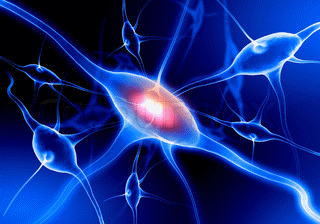 Converting sunlight to chemical energy is an example of first law of thermodynamics.
Converting sunlight to chemical energy is an example of first law of thermodynamics. Bioenergetics is the study of how organisms manage their energy resources.
This is an active area of biological research that includes the study of thousands of different cellular processes such as cellular respiration and the many other metabolic processes that can lead to production and utilization of energy in forms such as ATP molecules.
Forms of Energy Energy is the capacity to cause change. In everyday life, energy is important because some forms of energy can be used to do work – that is, to move matter against opposing forces, such as gravity and friction. Energy can be associated with the relative motion of objects; this energy is called kinetic energy. Moving objects can perform work by imparting motion to other matter: For example, the contraction of leg muscles pushes bicycle pedals. An object not presently moving may still possess energy. Energy that is not kinetic is called potential energy.
The Laws of Energy transformation: The study of the energy transformation that occur in a collection of matter is called thermodynamics.
According to the first law of thermodynamics, the energy of the universe is constant. Energy can be transferred and transformed, but it cannot be created or destroyed. The first law is also known as the principle of conservation of energy. For example, by converting sunlight to chemical energy, a green plant acts as an energy transformer, not an energy producer. The second law states – “Every energy transfer or transformation increases the entropy (a measure of disorder) of the universe”.
 ATP is an ubiquitous molecule– Used to build complex molecules, contract muscles, generate electricity in nerves etc.
ATP is an ubiquitous molecule– Used to build complex molecules, contract muscles, generate electricity in nerves etc. ATP: The Perfect Energy Currency of the Cell: ATP is an abbreviation for Adenosine triphosphate, a complex molecule that contains the nucleoside adenosine and a tail consisting of three phosphates. A critically important macromolecule–arguably “second in importance only to DNA”– is ATP. ATP is a complex nanomachine that serves as the primary energy currency of the cell. ATP is the “most widely distributed high–energy compound within the human body.” This ubiquitous molecule is “used to build complex molecules, contract muscles, generate electricity in nerves. All fuel sources of Nature, all foodstuffs of living things, produce ATP, which in turn powers virtually every activity of the cell and organism.